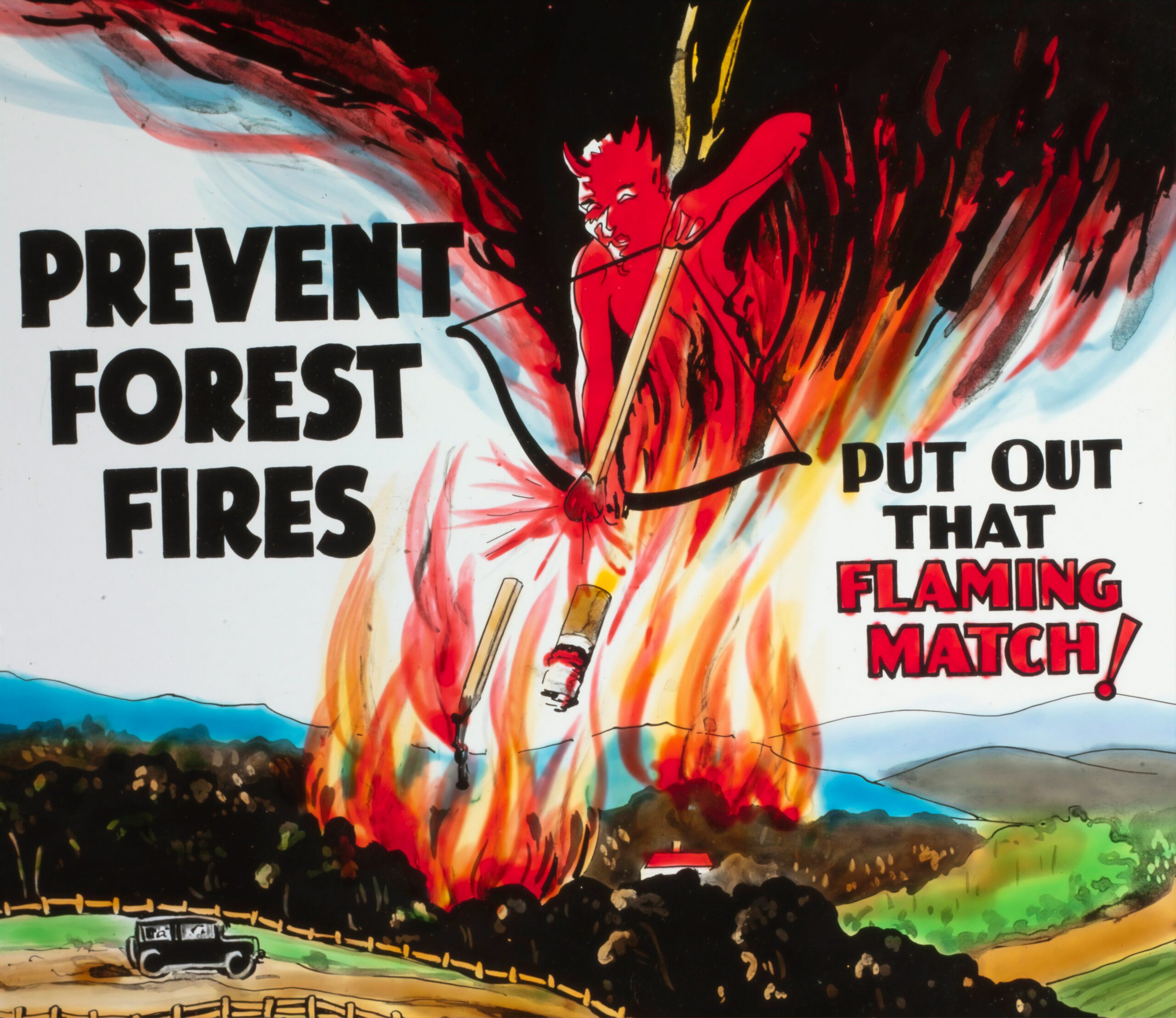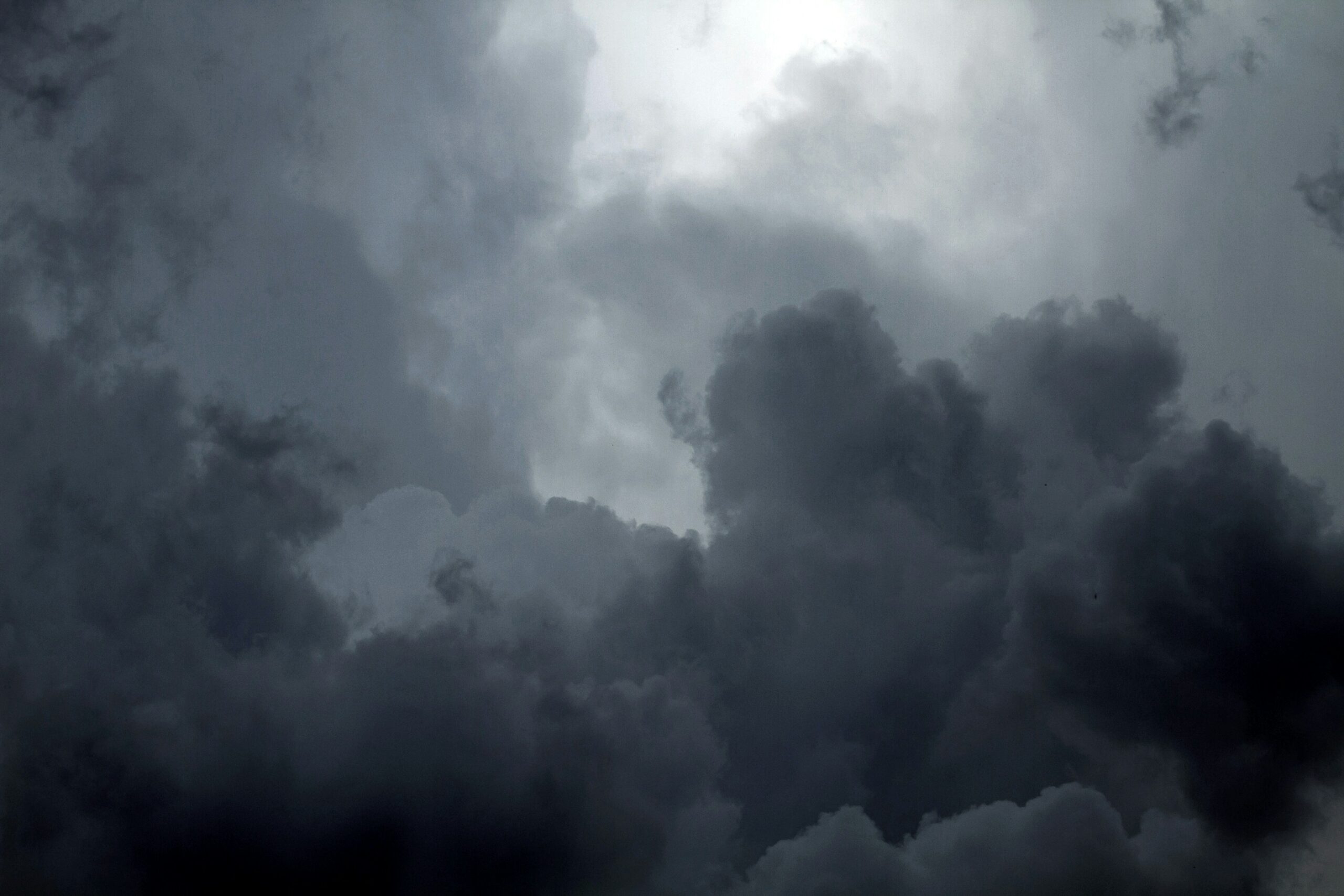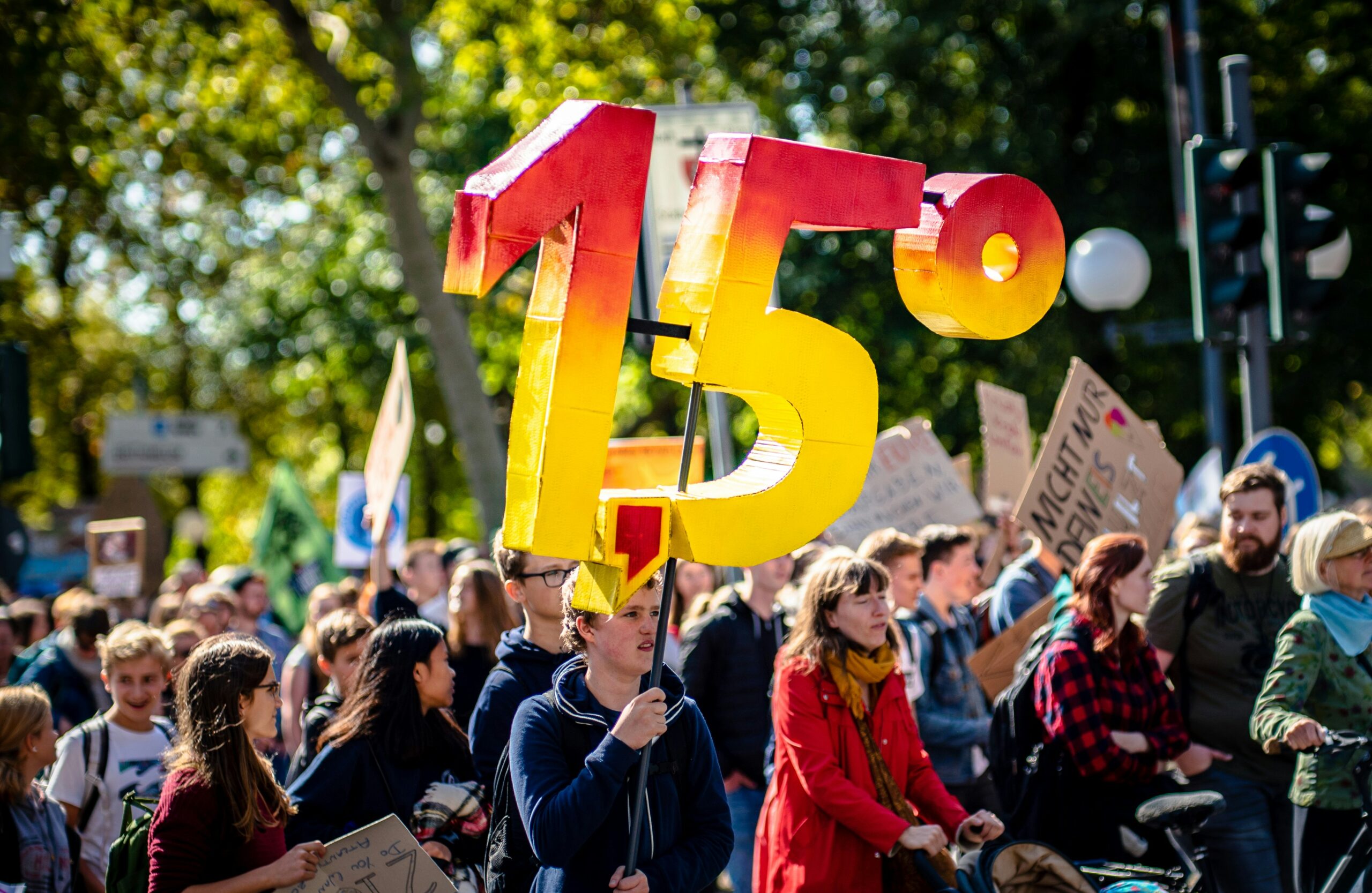Introduction to San Diego Fires
Recent wildfires have profoundly impacted various regions in San Diego, particularly in areas such as Otay, La Jolla, and Chula Vista. The wildfire season, which typically peaks during the summer months, has witnessed an alarming rise in the number of fire incidents attributed to a combination of environmental conditions and human activities. Understanding the factors contributing to these fires is essential for local communities that are striving to mitigate the risks associated with such natural disasters.
Throughout the San Diego region, the combination of dry weather, strong winds, and an abundance of vegetation creates a perfect environment for wildfires to ignite and spread rapidly. The effects of climate change, which include prolonged droughts and fluctuating temperatures, have exacerbated the situation, making the region more susceptible to fire outbreaks. Areas like Otay, which are characterized by dense brush and grasslands, have faced significant threats during peak fire seasons. Similarly, the coastal regions, including La Jolla, are particularly vulnerable due to the confluence of wind patterns and topographical features.
The impact of these fires extends beyond mere property damage. Evacuations have increased, emergency services are stretched thin, and the health implications from smoke exposure pose additional risks to community members. By understanding the dynamics of these fire incidents, residents can better prepare for future seasons and engage in proactive measures to enhance safety and resilience. Education regarding responsible land management practices and the promotion of fire-resistant landscaping can empower communities in their efforts to combat the ongoing threat posed by wildfires in San Diego.
Overview of Major Fires
In recent months, San Diego has experienced multiple significant fire incidents that have raised concerns regarding environmental safety and community well-being. Among these, the Otay Fire and the Gilman Fire stand out as notable events that disrupted local ecosystems and affected residents. These fires not only represented immediate threats to life and property but also highlighted the region’s vulnerability to wildfire risks.
The Otay Fire, which ignited in late July, rapidly consumed over 1,500 acres in the Otay Mountain area. Strong winds and dry conditions exacerbated the flames, leading to a swift evacuation of nearby neighborhoods. Firefighting efforts were hampered initially by the rugged terrain, but through coordinated efforts involving aerial support, ground crews were able to contain the blaze after several days. The aftermath saw significant damage to local flora and fauna, raising concerns over biodiversity and long-term ecological recovery.
Another notable incident was the Gilman Fire, which broke out in early August. This fire was particularly impactful due to its proximity to urban developments. Spanning approximately 800 acres, the Gilman Fire prompted evacuations and road closures, disrupting the daily lives of many residents. Emergency services worked diligently to manage the situation, and although the fire was contained within a week, its impact on air quality and public health was immediately felt in the surrounding areas.
Each of these fire incidents not only reflects the ongoing challenges posed by climate conditions in Southern California but also underscores the importance of preparedness and community response. Awareness and proactive measures can play a critical role in minimizing the impact of future outbreaks. Understanding the dynamics behind these major fires helps bolster local methods of anticipating and responding to similar emergencies in the future.
Impact on Communities
The recent fires in San Diego have profoundly affected local communities, prompting evacuations and resulting in property damage. As flames rapidly spread, residents were faced with the urgent necessity to leave their homes, often with little time to gather essentials. Evacuation orders impacted thousands, creating an atmosphere of uncertainty and fear. Many families were forced to leave behind cherished belongings, knowing their homes might not stand after the devastation.
Property damage has been extensive, with numerous homes and businesses lost to the relentless fire. Reports indicate that entire neighborhoods have been reduced to ashes, leaving behind debris that serves as a haunting reminder of the disaster. The economic ramifications of such destruction are significant, as businesses that were vital to local economies face uncertain futures. The insurance claims process poses an additional challenge for many residents, further complicating their recovery efforts.
Beyond the physical devastation, the emotional toll on residents cannot be overstated. Many individuals and families are grappling with feelings of loss, anxiety, and trauma as they navigate the aftermath of these disasters. Personal accounts from affected citizens convey a deep sense of grief and helplessness. One resident, whose home was destroyed, shared, “I never thought this could happen to me. It’s like a nightmare that won’t end.” Another individual described the emotional challenge of starting over, stating, “Every day feels like a struggle to find hope amidst the ashes.” These personal stories highlight the human impact of the fires, reminding us that beyond the statistics and damage reports, real lives are affected and will require support and healing.
In conclusion, the fires in San Diego have left indelible marks on local communities, affecting everything from immediate evacuations to long-term recovery processes. As residents come to terms with their losses, building back will take time, resilience, and community support.
Environmental Consequences
The recent fires in San Diego, particularly in areas such as Otay Mountain and La Jolla, have resulted in significant environmental repercussions. These fires have not only caused immediate destruction but have also triggered long-term effects on local wildlife, plants, and ecosystems. The flames engulfed vast swathes of vegetation, leading to the loss of critical habitats for numerous species. Many animals, including endemic wildlife, have been displaced, which disrupts their natural behaviors and population dynamics.
In addition to the immediate impact on animal life, the fires have also severely affected plant species, many of which are native to the region. The destruction of these plants has a cascading effect on the ecosystem, as they serve as vital food sources and shelters for various wildlife. The loss of vegetation increases soil erosion and reduces the land’s ability to retain water, compromising the overall health of the ecosystem. Moreover, invasive species may now take root more easily in the absence of native plants, which can further degrade the environmental balance.
The long-term ecological impacts of the fires necessitate comprehensive recovery efforts. These include initiating reforestation programs, implementing erosion control measures, and monitoring wildlife populations to understand recovery trends. Ecologists and environmentalists are tasked with assessing the damage and developing strategies to facilitate regrowth and rehabilitation of the affected areas. The resilience of ecosystems can be remarkable; however, the road to recovery will require sustained effort and thoughtful intervention to restore the natural habitats that have been irrevocably altered. Addressing these environmental consequences is essential not only for the affected regions but also for ensuring the overall health of the San Diego area in the years to come.
Cal Fire Response and Management
Cal Fire plays a pivotal role in managing fire outbreaks across California, including the recent fires that have impacted San Diego. The agency employs a variety of strategies to effectively combat wildfires, ensuring the protection of both lives and property. Resource allocation is one of the primary components of Cal Fire’s response strategy. The agency prioritizes the mobilization of firefighters, aircraft, and equipment to areas most at risk, often utilizing data-driven approaches to determine where to deploy resources based on the fire’s behavior and environmental conditions. This tactical allocation enables a rapid and effective response during critical moments.
In addition to resource management, Cal Fire implements advanced firefighting techniques that are tailored to the unique challenges presented by each incident. Crews are trained in various methodologies, including aerial firefighting, ground suppression tactics, and the use of prescribed burns for fuel management. These techniques allow for a multi-pronged approach to firefighting, enhancing the overall effectiveness of the response effort. Aerial firefighting, for instance, provides the advantage of reaching hard-to-access areas, while ground crews can carry out direct attacks on fire perimeters.
Coordination with local agencies also stands as a cornerstone of Cal Fire’s operational framework. The agency works closely with municipal fire departments, law enforcement, and emergency services to ensure a unified response. This collaborative effort not only streamlines communication but also improves overall efficiency, as resources can be shared and strategies can be aligned based on the evolving nature of the fire incident. By maintaining strong partnerships with local entities, Cal Fire enhances its ability to manage firefighting operations effectively.
Fire Prevention Measures
In light of the increasing frequency and intensity of wildfires in San Diego, various fire prevention measures have been implemented to mitigate potential outbreaks. One significant initiative involves enhancing community awareness and involvement through education programs. Local fire departments are collaborating with community organizations to conduct workshops aimed at informing residents about fire safety practices, such as creating defensible space around properties and proper handling of outdoor equipment. By fostering a culture of preparedness, the community is better equipped to respond effectively when faced with potential fire threats.
Policy changes have also played a crucial role in strengthening fire prevention efforts. San Diego has adopted stricter building codes that emphasize the use of fire-resistant materials in both residential and commercial constructions. These regulations not only aim to reduce the vulnerability of structures but also facilitate effective emergency response strategies. Additionally, local government authorities have been looking into land-use planning strategies that prioritize fire-safe developments, thus minimizing risks in high fire danger zones.
An essential component of fire prevention is maintaining firebreaks and conducting controlled burns. Firebreaks are crucial for slowing the spread of wildfires by creating clear gaps in vegetation that help contain flames. Controlled burns, on the other hand, are used as a management tool to reduce excessive fuel buildup in the landscape. These intentional, low-intensity fires are carefully planned and executed under regulated conditions, benefiting the ecosystem while simultaneously lowering the risk of larger, uncontrolled wildfires. The collaboration between fire management agencies and environmental scientists further ensures that these methods are applied effectively.
Collectively, these measures mark significant strides toward enhancing fire resilience in San Diego. By engaging the community and implementing policies that prioritize safety, the region is taking proactive steps to address the perennial threat of wildfires.
Current Fire Maps and Resources
Accessing accurate and up-to-date fire maps and alerts is crucial for residents and visitors in San Diego, especially during wildfire season. Several local government agencies and organizations have implemented resources that offer timely information to help manage the risks associated with fires. One of the primary sources of fire information is the California Department of Forestry and Fire Protection (CAL FIRE), which provides a detailed and interactive map that highlights current fire incidents, evacuation zones, and containment efforts across the state.
In addition to CAL FIRE, the San Diego County Office of Emergency Services offers a dedicated website where residents can find real-time updates on local wildfires. This resource includes not only current fire maps but also evacuation orders, shelter locations, and safety tips for those affected by wildfires. The website is regularly updated to ensure the community is informed about any changes in fire status and related emergency information.
Another useful tool is the AlertSanDiego system, which enables residents to receive emergency alerts via text, email, or phone. This service provides crucial updates about active wildfires, potential evacuations, and other safety notifications directly from local authorities. Subscribing to this system can significantly enhance individual preparedness and response to fire threats.
Additionally, social media platforms have become an essential resource for real-time fire updates. Official accounts of local fire departments and emergency services often post live information, including fire maps, community alerts, and safety recommendations. Community members are encouraged to follow these accounts to stay informed and to share information with others.
By utilizing these resources, residents can stay informed about ongoing fire situations and be better prepared to respond accordingly, helping to protect both life and property in San Diego County.
Recent News and Developments
In recent weeks, San Diego has faced a series of wildfires that have raised significant concerns among residents and authorities alike. The ongoing fires have prompted extensive emergency response efforts, aimed at safeguarding communities and minimizing damage. Local firefighting units have been mobilized, working tirelessly to contain the flames, while air support has been utilized to enhance ground efforts. The integration of aerial firefighting techniques has proven crucial in tackling these challenging circumstances, particularly in hard-to-reach areas.
As of now, major fires such as the Spring Valley Fire and the Scripps Ranch Fire have shown signs of containment; however, the fluctuating weather conditions exacerbate the situation, and firefighters remain vigilant. The region’s high winds and dry conditions play a pivotal role in influencing fire spread, making it essential for everyone to stay informed. Regular updates have been issued by the San Diego Fire-Rescue Department, providing the public with current status reports and safety recommendations.
Community safety protocols have been emphasized throughout this crisis. Residents are encouraged to prepare evacuation plans and have emergency kits ready. Local authorities are hosting informational meetings to better inform the public about preparedness strategies and real-time updates on fire risks. Fire departments are working closely with community leaders to ensure that everyone is equipped with knowledge about how to respond effectively as the situation evolves.
Looking ahead, fire officials project future risks may remain elevated considering the ongoing dry conditions and potential changes in weather patterns. Continuous assessments will guide strategies to prevent and manage fires effectively, ensuring that safety remains a top priority for the San Diego area. It is imperative for residents to stay aware and proactive in adhering to the guidelines provided by fire safety agencies.
Conclusion and Call to Action
In examining the recent fires in San Diego, it becomes clear that these incidents underscore the pressing threat of wildfires in this region, exacerbated by factors such as climate change, urban expansion, and prolonged drought conditions. We discussed the comprehensive fire management initiatives undertaken by local authorities, which include proactive measures such as controlled burns, the establishment of defensible spaces, and community education programs aimed at enhancing preparedness and resilience. The importance of these programs cannot be overstated; they serve as a vital line of defense for both property and life.
Moreover, it is pivotal for residents to stay informed about fire risk and awareness. Understanding the warning systems, evacuation protocols, and preparation techniques can make a significant difference during wildfire events. Engaging in community drills and being part of local fire prevention meetings are effective ways to enhance collective preparedness. For those who wish to contribute to firefighting efforts, consider supporting local organizations that provide resources and aid not only during fire crises but also in recovery efforts. Such organizations often rely on community donations and volunteers to ensure their operations can continue effectively.
Collectively, we share the responsibility of managing fire risks in San Diego. By fostering resilience through knowledge and community support, residents can play an active role in mitigating the impact of wildfires. We encourage everyone to educate themselves, participate in fire safety initiatives, and advocate for sustainable land management practices. Together, through informed action and community solidarity, we can enhance our ability to withstand the challenges posed by wildfires and protect the ecological and communal integrity of San Diego.



